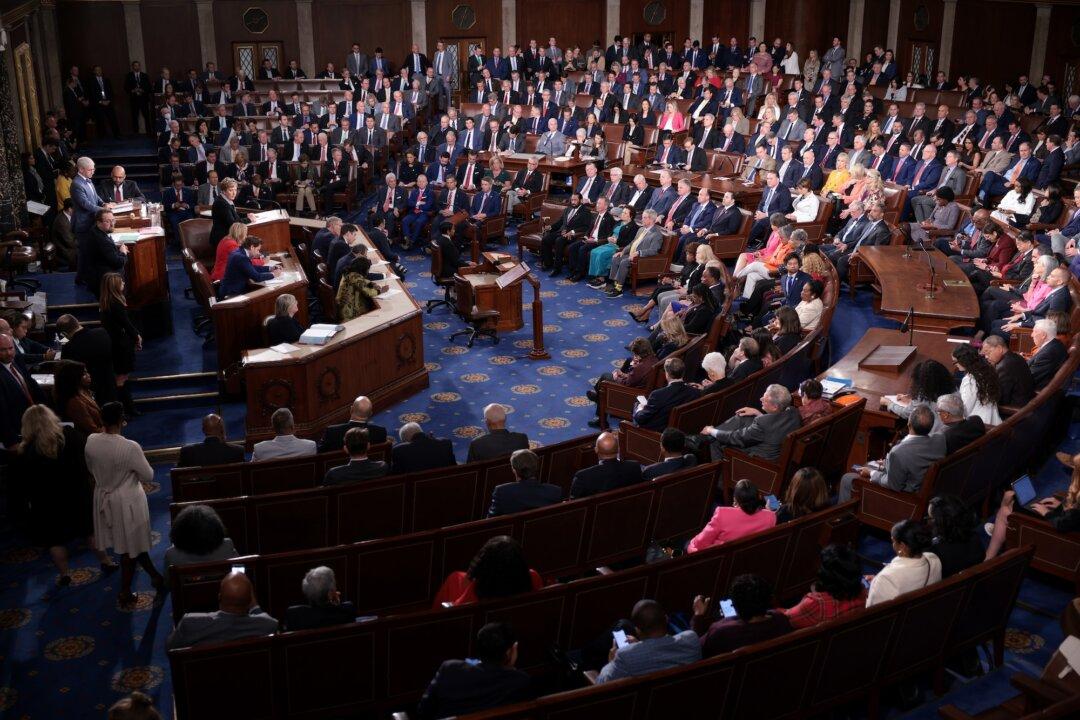A year out from the 2024 general election, speculation continues to swirl around the prospect for a reversal on Capitol Hill—the Senate flipping red and the House turning blue—though a number of wild cards suggest everything remains in play.
The 2024 U.S. elections are scheduled for Nov. 5 of next year, when Americans will go to the polls to elect a president and vice president, all 435 seats in the House up for grabs, and 34 of the 100 seats in the Senate contested.





